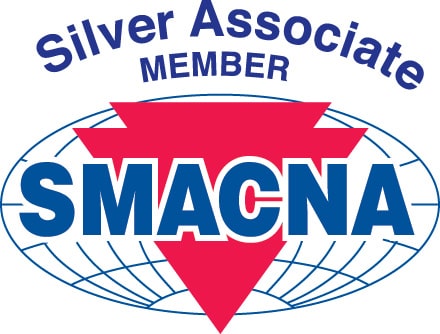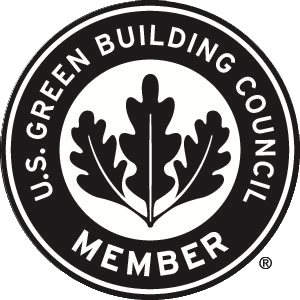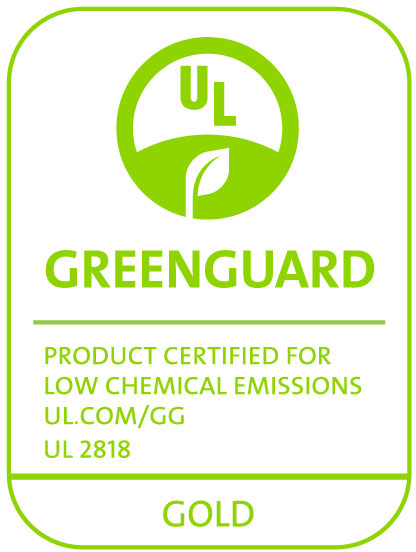Wondering why to use plumbing insulation? Plumbing piping systems, commonly known as domestic hot and cold water service systems, convey water to fixtures and equipment for various purposes in residential, commercial, and industrial buildings.
The most common concerns with plumbing systems that should be addressed during the design stage include heat loss, condensation control, freeze protection, and mold protection. Pipe insulation offers solutions to all of these concerns, and current building energy codes and standards require pipe insulation on service hot water piping.
For example, the most well-known national reference standard is ANSI/ASHRAE/IES Standard 90.1 – Energy Standard for Buildings Except Low-Rise Residential Buildings which specifies minimum pipe insulation thicknesses for heating and hot water systems from 105°F and above. The International Energy Conservation Code® (IECC®) is the most common energy code adopted by most states and local jurisdictions. With the exception of gaps between updates, the IECC’s pipe insulation thickness requirements are usually identical to those in the ANSI/ASHRAE/IES Standard 90.1 standard.
Although standards and codes do specify pipe insulation thicknesses, they do not call out certain pipe material types (metallic, i.e. copper) or (plastic, i.e. ABS, CPVC, PB, PE, PEX, PP, PVC and PVDC) or pipe insulation types. Owner project requirements (OPR’s) and the project team’s Basis of Design (BOD) typically determine the materials selected and specified.
It has been documented that plumbing insulation can preserve hot water temperature by 2°F – 4°F when compared to uninsulated hot water pipes. Plumbing insulation can deliver energy savings to the building owner, help equipment to operate at optimum levels of performance, and reduce demand for fossil fuels over the life of the mechanical system. Choosing plumbing insulation with the proper thermal conductivity (k-value) and thickness can meet an owner’s requirement for energy efficiency.
The cost of uncontrolled condensation on cold water piping systems and the surrounding environment can be significant. Condensation can potentially reduce a pipe insulation’s thermal efficiency, catalyze corrosion to metallic piping and equipment and cause water damage to equipment and building systems below. Choosing the right plumbing insulation and thickness to constantly manage condensation can pay for itself by preventing costly repairs and replacement of insulation and parts of the plumbing system itself.
When excessive condensation develops on the plumbing insulation surface, the potential for mold development is real. Whether the excess moisture or vapor drive, permeates into and beneath the insulation, or travels to areas below, mold development can result if food (i.e. dust) and water for microbes are present. The good news is that most plumbing insulation offers antimicrobial protection so at least mold cannot grow on the plumbing insulation surface.
When freeze protection is required for plumbing piping in unconditioned (mechanical room, basement, attic) and exterior spaces, pipe insulation with the proper thermal k-value and thickness can prevent heat loss. When installed in exterior environments, plumbing insulation should be protected from solar radiation, moisture, and mechanical damage.
Aeroflex’s Aeroflex® brand of EPDM closed-cell elastomeric foam rubber plumbing insulation can meet all of the above concerns and project requirements. To learn more, click here.
Sources:
https://insulation.org/io/articles/what-is-mechanical-insulation/
https://insulation.org/io/articles/avoiding-the-deep-freeze/












